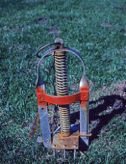
Numerous home remedies have been concocted to control moles including chewing gum, noisemakers, broken glass, bleaches, windmills, and human hair. None have been found to provide consistent and reliable control. Poison baits also fail to work because moles feed on earthworms and grubs, not vegetable matter. Even grub control products are ineffective as they do not control earthworms, and earthworms are the primary food source for moles.
The best control method is the use of traps. There are three types of traps (harpoon, choker, and scissor-jawed) and each can be effective but may take some time to master. Try the following suggestions.
Moles use some tunnels more than others. Use a broomstick or something similar to poke holes in a number of runs. Check a day later to see which runs have been “repaired.’ These are the active runs and should be used for trap placement.
Place a trap in an active run by excavating soil, placing the trap and then replacing loose soil. Secure the trap so that the recoil will not lift the trap out of the ground. Make sure the triggering mechanism is in the center of the run.
Finally, push down two more holes, one on each side of the trap. Moles should be caught when they try to repair the tunnel. Move traps if no moles are caught within three days.
For more information as well as “How-to” videos, see http://www.wildlife.k-state.edu/species/moles/index.html (Ward Upham)
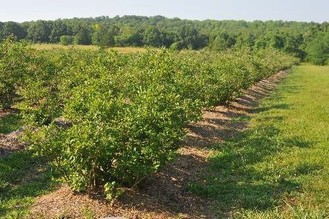
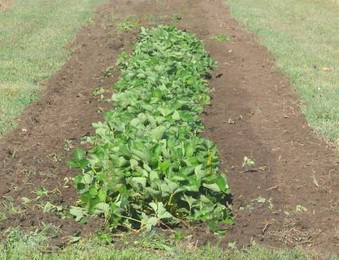
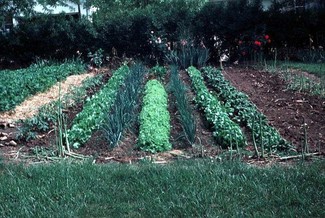
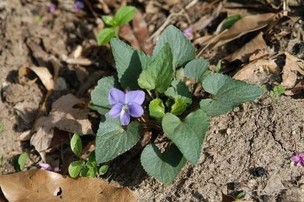
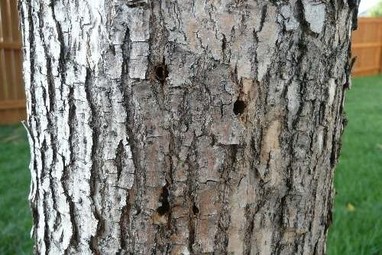
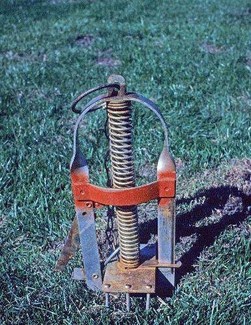
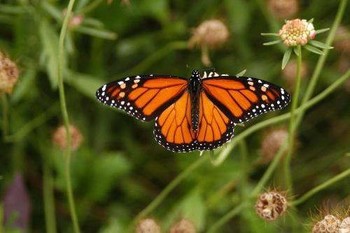
 RSS Feed
RSS Feed
